Rising crops from seed has many benefits. You’ll have greater administration over the environment, it saves money, and it’s further rewarding to nurse a plant from seed than it is to buy one from the nursery. Nonetheless can succulent lovers participate on the movement?
Like each plant that flowers, it is doable to develop succulents from seeds. In reality, it is excellent for avid succulent growers trying to find rarer species which might be exhausting to hunt out in nurseries. It may take barely longer for the crops to develop, significantly do you have to’re used to sowing points like greens and herbs, which pop up in various weeks. Nonetheless the reward is properly nicely well worth the wait.
The itemizing of succulents you’ll develop from seed is in depth, nonetheless these are the 15 I prefer to advocate for newbies which might be comparatively easy to hunt out or develop properly from seed.
Cacti
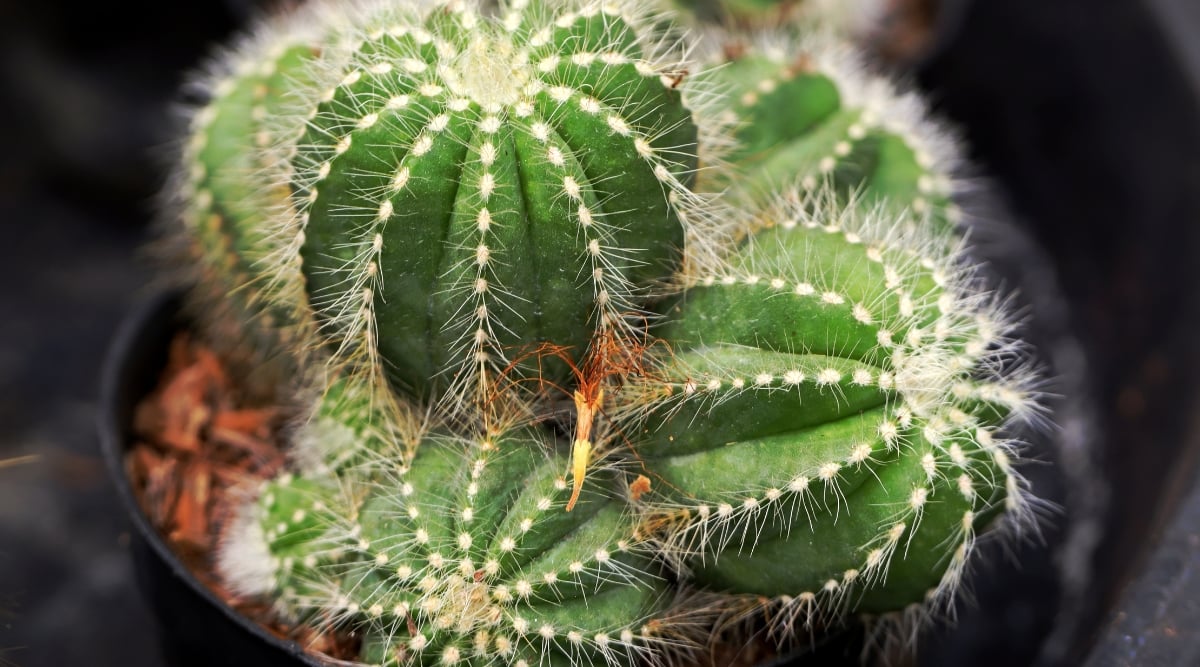

The first entry is significantly difficult, as cacti are usually thought-about a separate group of crops. Nonetheless, their growth habits indicate they’re usually grouped beneath succulents; it merely doesn’t work the other method spherical. All cacti are succulents, nonetheless not all succulents are cacti.
These spiked beauties are easy to start as seeds, although you may want barely persistence while you anticipate them to germinate. It takes just a few yr from sowing to reach one inch in high. For some added choice, choose a seed mix with various completely completely different species.
Lithops
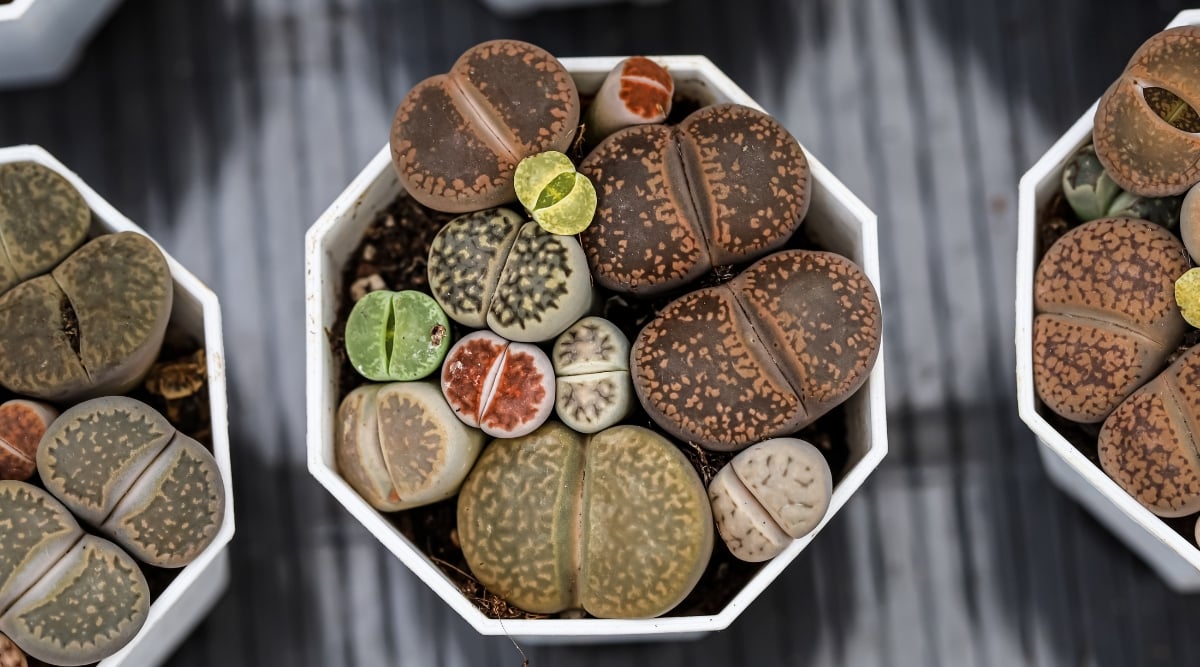

Lithops are additionally known as residing stones or stone crops, and it’s easy to see why. The pair of fused leaves stays largely underground, with solely a small half peeking above the soil line. And never utilizing a re-assessment, you’ll merely mistake them for pebbles. That’s their safety in opposition to predators throughout the wild.
It’s really greatest to propagate lithops with seeds. Merely sow the seeds in a layer over succulent potting soil and frivolously cowl in vermiculite. Shopping for seeds permits you higher choice over choice, fairly than limiting you to what’s accessible at your native nursery.
Conophytum
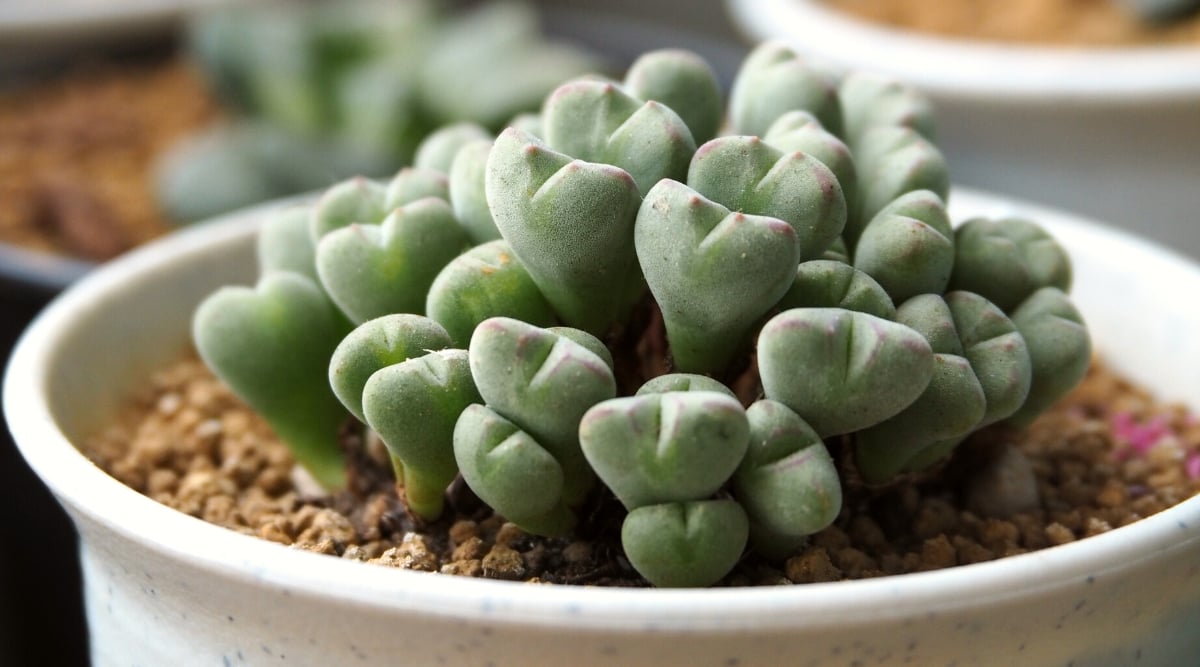

For many who’ve fallen in love with lithops, you’ll possibly love the lovable and far a lot much less widespread genus Conophytum. Originating from the an identical harsh Southern African environments, conophytum crops moreover attribute fused leaf pairs and nearly no stem, normally popping up between crevices in rocks.
The seeds of this distinctive plant is also barely harder to hunt out than completely different succulents on this itemizing. Take a look at with specialised growers and retailer on-line to hunt out the suitable species.
Echeveria
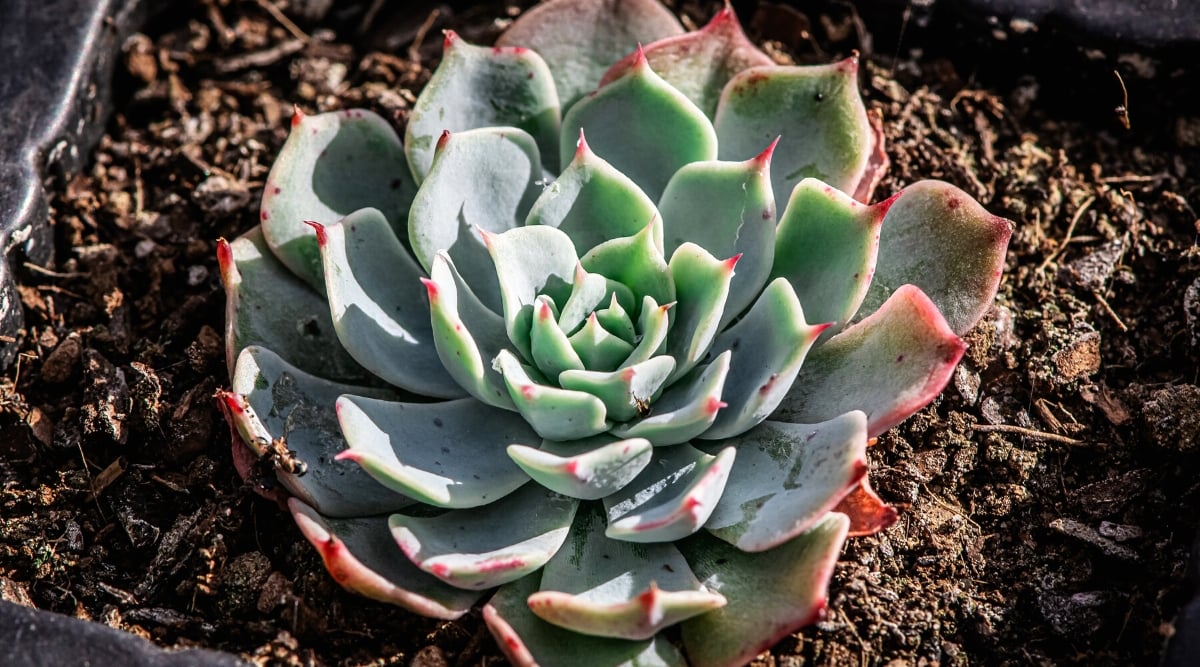

After I take into account succulents, Echeveria is the first genus that pops into my head. Their geometric varieties, distinctive colors, and ease of care embody each little factor there could also be to love about rising succulents.
Echeveria are easy to hunt out however as well as pleasing to develop from seeds. There’s further choice in species, considerably in areas the place succulents aren’t as broadly grown. For many who’re searching for to cowl a giant house in your yard, sowing seeds is far inexpensive and sooner than prepared for mature crops to unfold.
Crassula
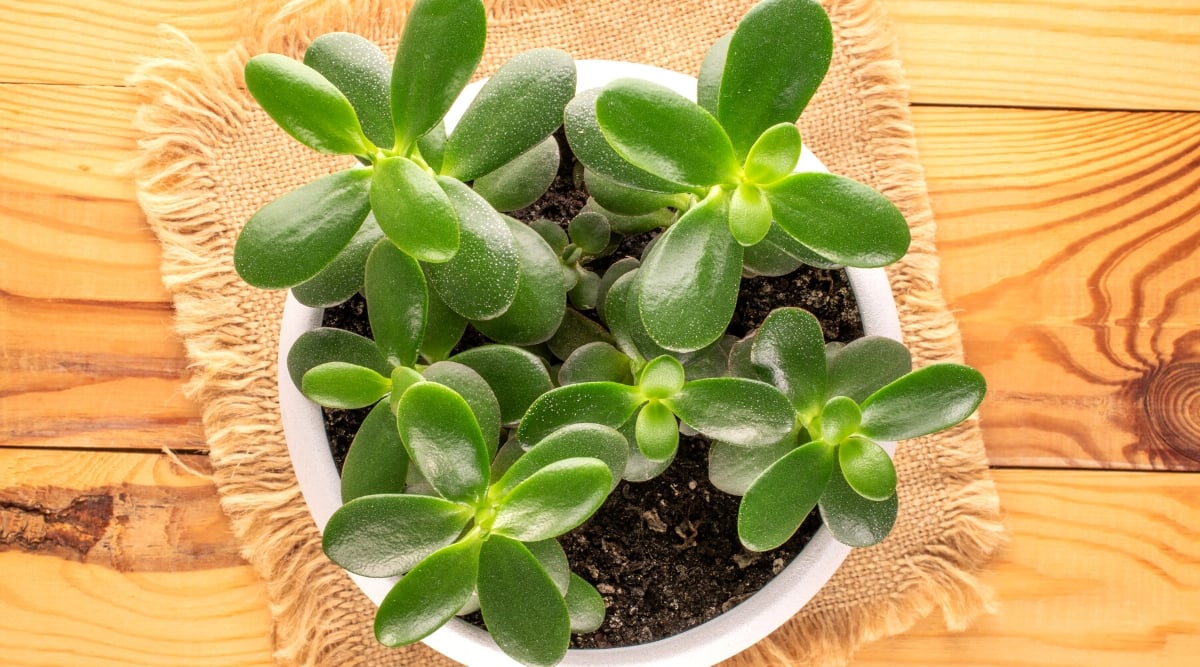

Crassula ovata, usually usually known as jade plant, is a shrub native to South Africa. As a result of its tolerance for lower delicate as compared with completely different species, it’s develop right into a most well-liked houseplant and a few of the sought-after succulents for newbies.
For houseplant lovers who don’t get to sow seeds normally, seeding Crassula ovata is an excellent gardening experiment. Nonetheless you aren’t restricted to this species. Quite a lot of Crassula seeds might be discovered on-line, growing your selections previous the conventional jade plant.
Aloe
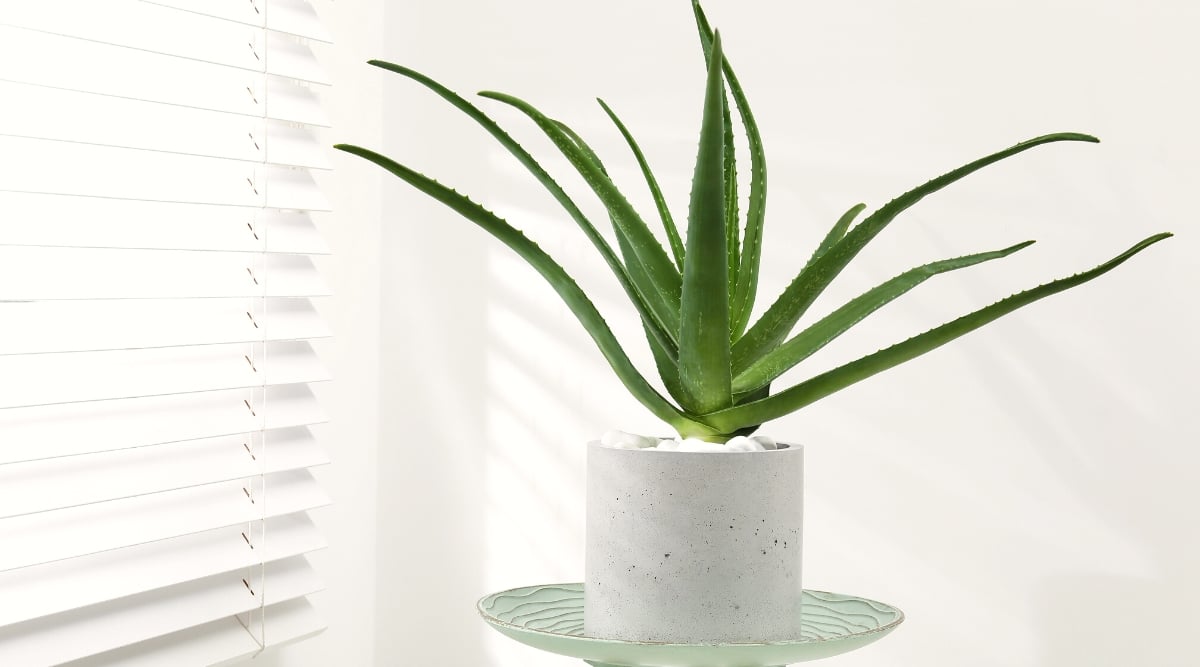

The title aloe is form of synonymous with the species Aloe vera, recognized for its medicinal properties and used normally in magnificence merchandise. Nonetheless, there could also be way more to the aloe genus than this one plant. There are better than 600 species to pick from, one in every of which is certainly named after one in every of my ancestors (Aloe greatheadii).
For many who’re rising aloe from seed, attempt a species it is potential you may not have seen or grown sooner than. They germinate inside various weeks, nonetheless larger species will take a while to reach their full dimension.
Sedum


Sedums are additionally known as stonecrops due to the rocky environments they develop best in. They make excellent groundcovers for sunny areas with sandy soil the place completely different crops would possibly battle to develop.
To determine sedum as a groundcover, it’s greatest to start from seed. Choose the an identical species for uniformity throughout the yard, or select a pack of blended species to convey some choice to open and uncovered areas.
Haworthia
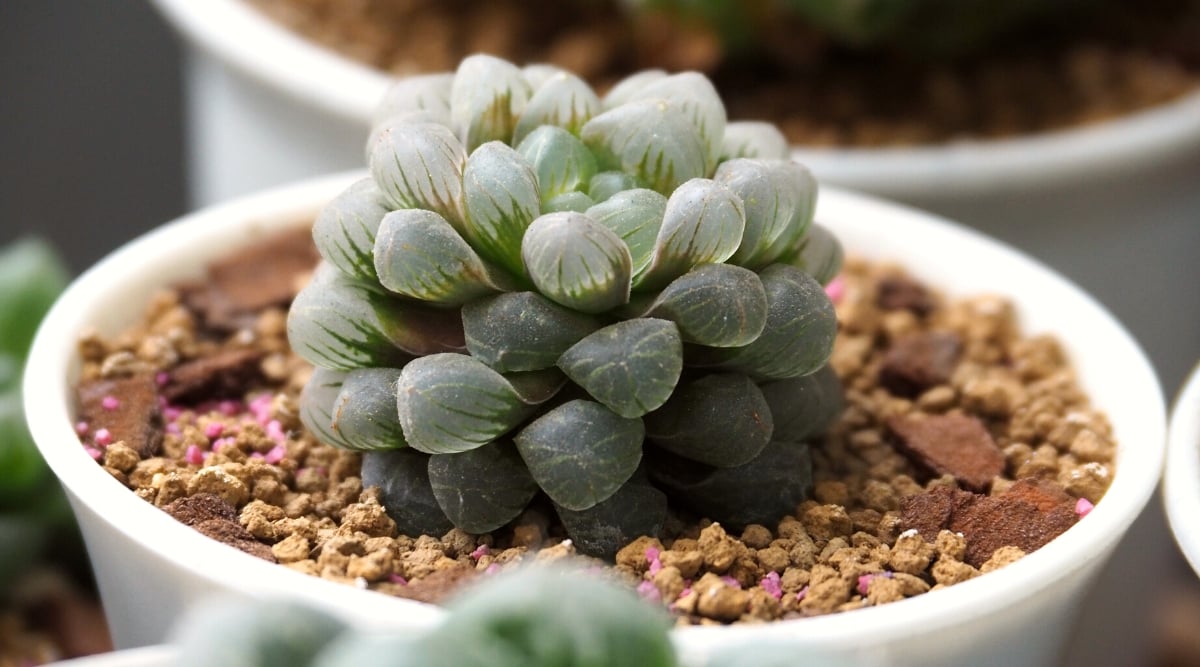

For many who identical to the look of Aloes nonetheless don’t have space for a much bigger plant, attempt Haworthia in its place. These crops have the identical kind and building to Aloes nonetheless are a fraction of the scale.
Some Haworthias have a further distinctive look than others, with inflated leaves or uncommon growth patterns. If you need one factor barely further out-of-the-box, seek for species like H. truncata, H. splendens, or H. cooperi.
Agave
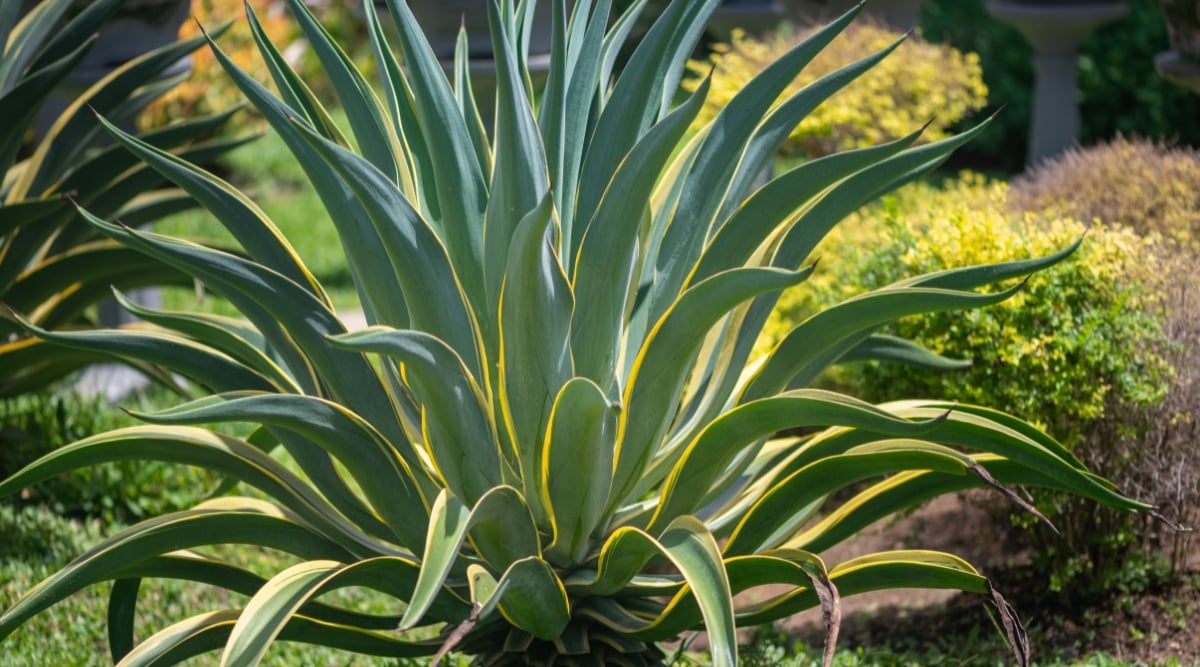

Stately agaves are typically loads larger than the compact succulents many are used to rising. They’re typically planted in beds fairly than containers. These structural crops have thick leaves and harsh spiked edges, with Agave attenuata as a result of the smooth-leaved exception.
For many who’re occupied with distilling your particular person tequila, you’ll want to seek for Agave tequilana seeds. You should definitely get a license to take motion first, as distilling throughout the US with out one is a felony. The crops have a gorgeous blue hue and spiked kind that stands out in any yard.
Aeonium
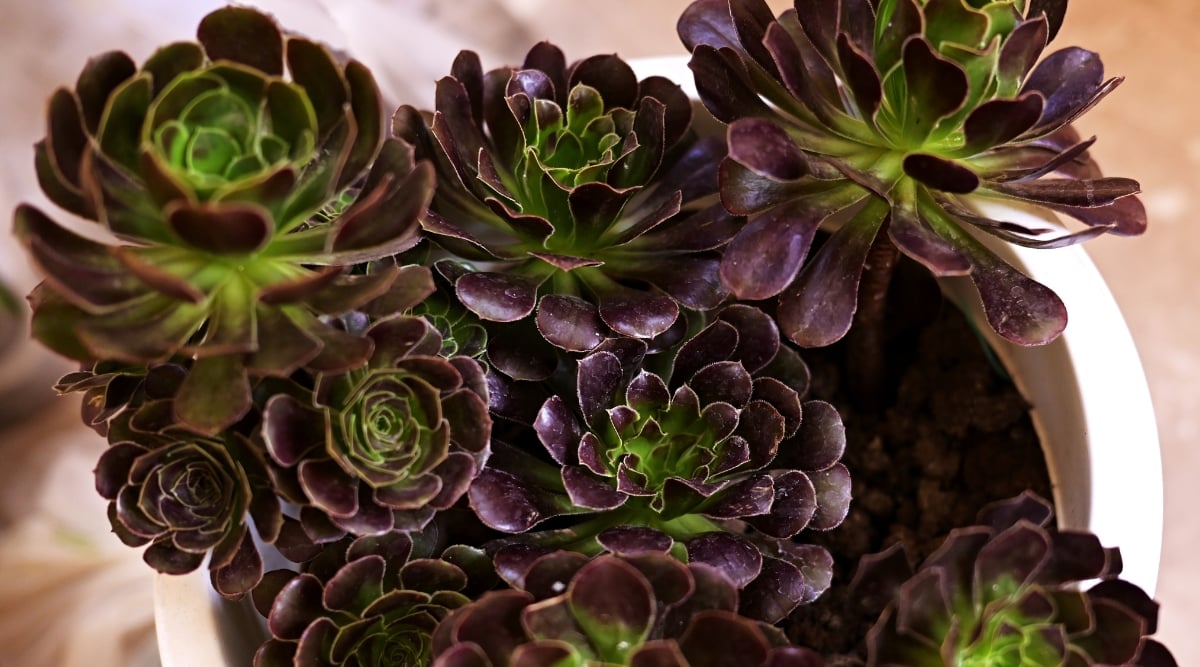

Aeoniums are good attribute crops for containers, not just for their high nonetheless their spectacular colors. They type rosettes like completely different succulents, nonetheless the leaves are further rounded on the ends to soften their structural kind.
To swimsuit the goth yard sample, attempt rising ‘Zwartkop’ for intriguing purple-black leaves. You’ll moreover uncover Aeonium species with patterned inexperienced, pink, and purple leaves. Sow the seeds on the ground of a standard succulent soil mix and provide vibrant daylight.
Pachypodium
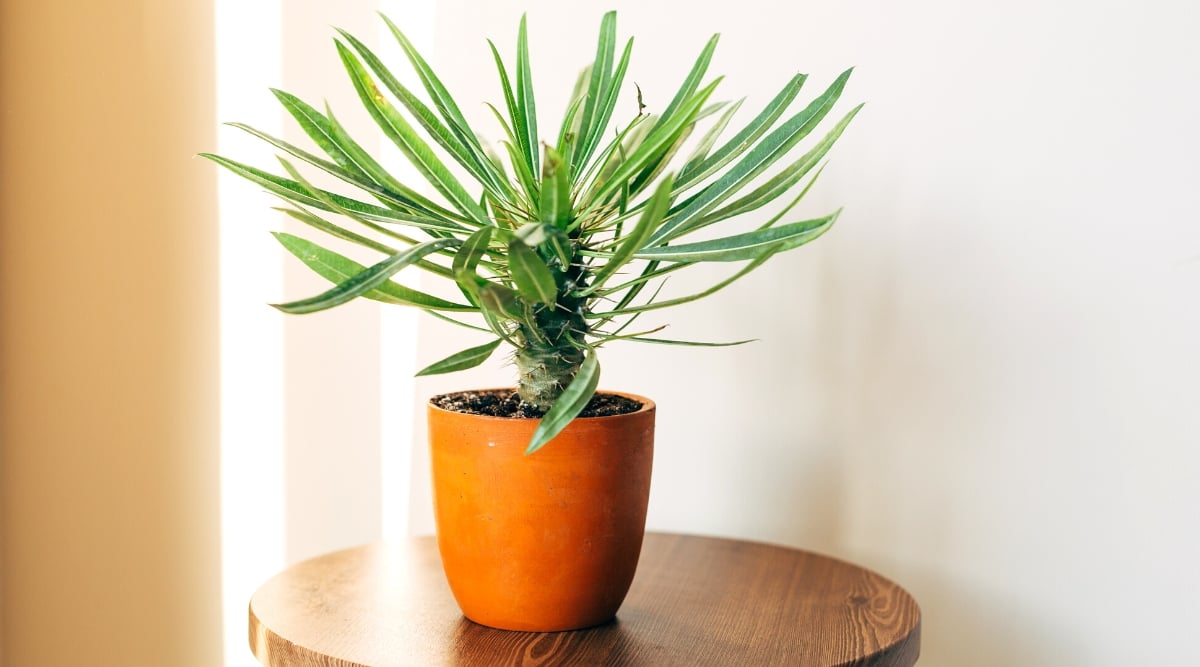

Pachypodium is one in every of my favorite succulent genera, purely for the lovable, bloated stems of many species. A couple of of the crops look nearly alien, with enormous spiked bases and just a few tiny leaves protruding. The smaller species are good for containers and are normally educated like bonsai bushes.
Sowing seeds offers you the prospect to determine on rarer species which can be strong to hunt out. This moreover allows them to adapt to your yard environment from the get-go. They’re gradual growers nonetheless truly nicely well worth the wait.
Adenium
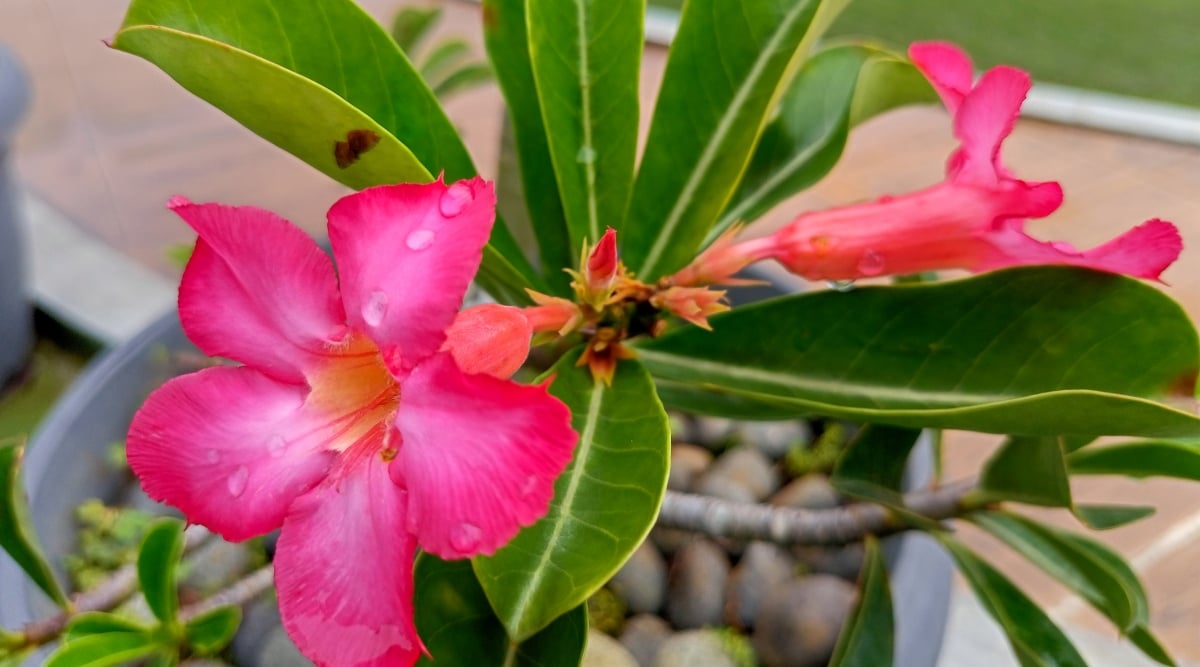

Adenium species have the identical kind to Pachypodiums. Nonetheless, the standout attribute of these crops is the flowers, usually usually known as desert roses. Within the appropriate environments, the ends of the branches will probably be lined in vibrant blooms in quite a lot of colors.
Adeniums are huge crops that typically develop various toes tall. Nonetheless, in the event that they’re saved indoors and confined to a container, these gradual growers will keep compact. Sow them indoors, giving them a great deal of daylight to allow them to adapt to your own home environment.
Kalanchoe
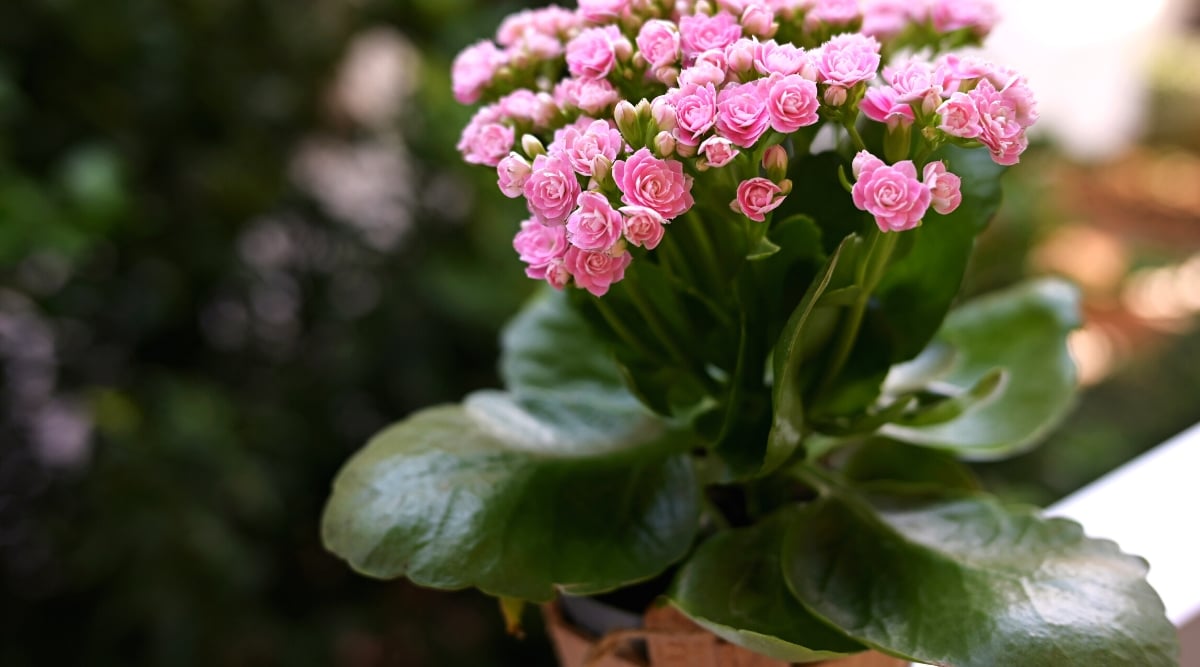

Usually saved as houseplants, Kalanchoe are excellent succulents for newbies. They’re resilient crops that develop properly in quite a lot of conditions (along with indirect delicate), making them one in every of many easier succulents to develop indoors.
Kalanchoe seeds are large tiny, so be careful when coping with them. Sow frivolously instantly on excessive of your mix, and do not cowl. The seeds need delicate to germinate effectively. Kalanchoe blossfeldiana is probably going probably the most usually grown for its flowers, nonetheless completely different lovable species like Kalanchoe thyrsiflora moreover develop properly from seed.
Sempervivum


These crops have an prolonged itemizing of entertaining widespread names. Hens and chicks is one you’ll potential see most often, named after the best way by which they propagate and unfold. They’re moreover known as houseleeks or (reassuringly for newbies) live-forever crops.
You may discover Sempervivum seeds for particular varieties, nonetheless blended packets are rather more thrilling, for my part. It offers some thriller to the strategy and pleasure when the completely completely different varieties and hues start to take kind.
Fenestraria
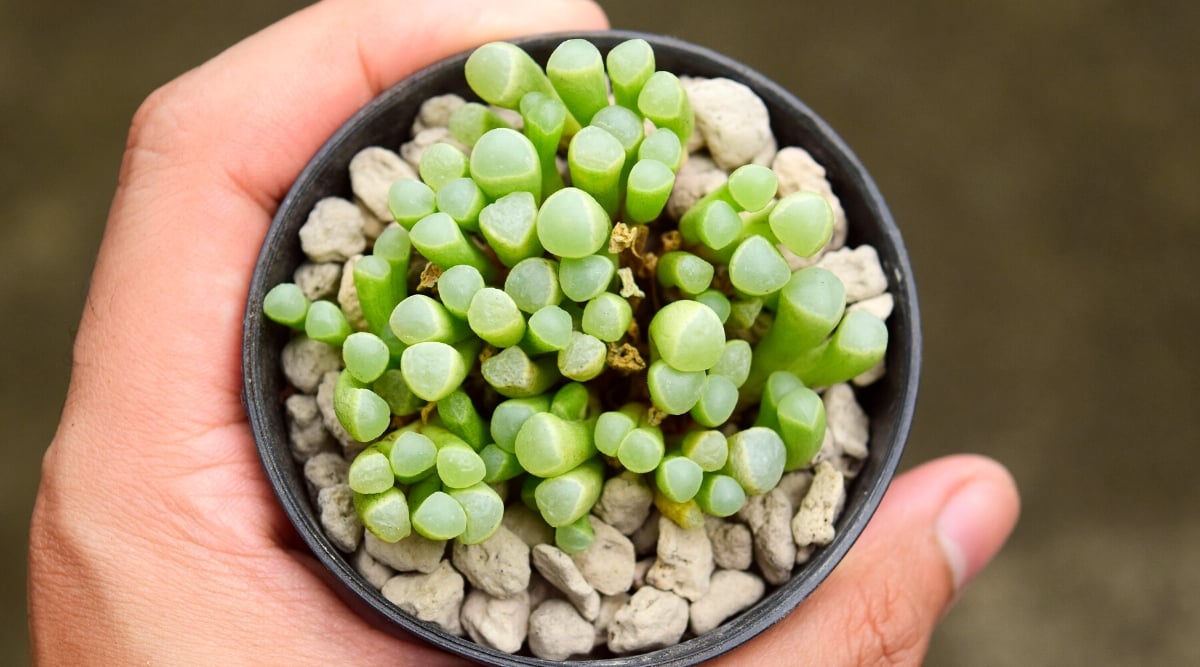

Fenestraria rhopalophylla is probably going probably the most lovable succulents you’ll develop, with an equally lovable title – little one toes. The clump-forming succulent produces groups of tubular leaves with barely translucent tops to allow delicate to penetrate by way of.
Little one toes are normally saved as houseplants nonetheless need a great deal of photo voltaic to take care of them happy. After various years of rising from seed, it is potential you may even see them flower beneath the appropriate conditions.
Final Concepts
Rising succulents from seed should not be as robust because it’s potential you may assume. They could take a while to mature, nonetheless you’ll admire them way more rising from seed.
